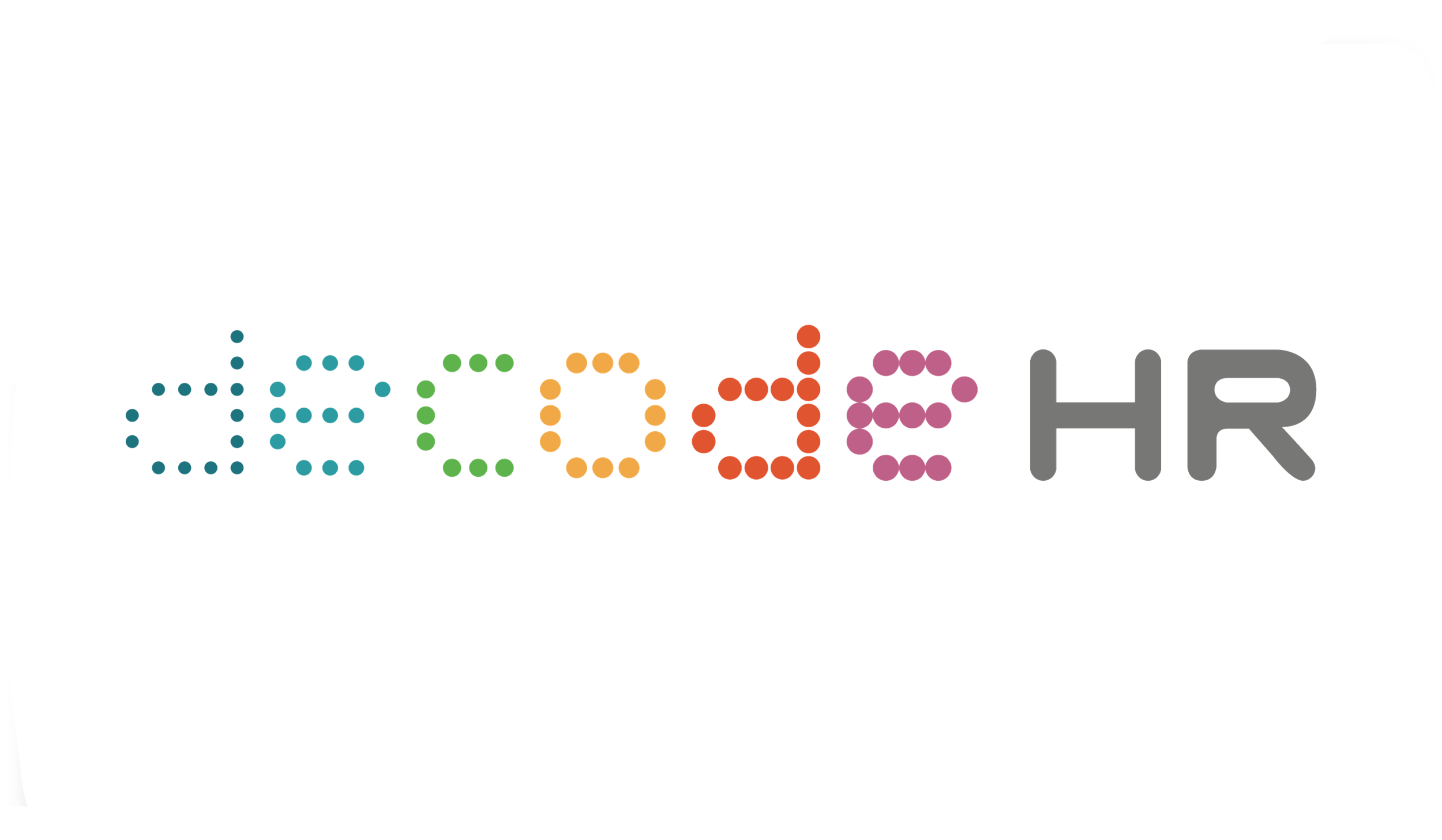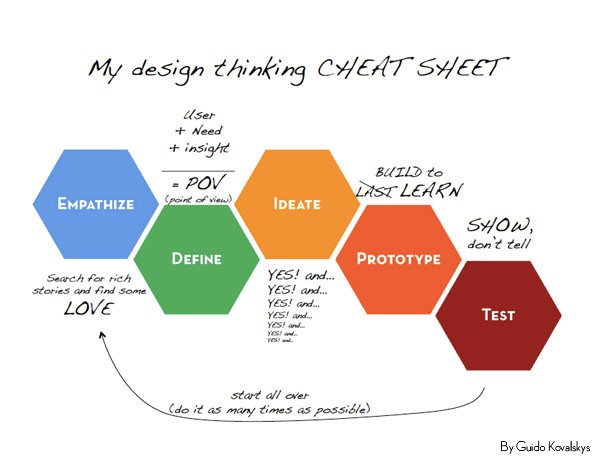Is Your Benefits Package Really Benefiting Your Employees?
Reading time: 4 mins
How Design Thinking can help Innovate your People Strategies.
Many leading brands, like Google, Grab and Facebook, have been featured for their successes in injecting a start-up culture to make work a fun and enjoyable place for employees. Others have since tried to emulate their successes by re-designing work spaces and offering benefits like free food, office games, paid outings and chilling areas. In fact, a recent study by Sage revealed that 40% of business owners believe that such benefits are important to employees.
But such benefits come with high costs, especially to smaller companies where economies of scale cannot be achieved. The question then is – are these benefits showing results in terms of improving employee satisfaction and productivity? Contrary to what employers believe, the answer seems to be a no, with 53% of respondents stating that having office games are distracting and an overwhelming 91% feeling that outings do not have a positive effect on their work satisfaction.
What had led to this misalignment?
Assuming what employees want, without doing appropriate validations are often the cause behind such problems. This is where design thinking can help. As defined by Tim Brown, the CEO of IDEO, design thinking is a human-centred approach to innovation that uses the designer’s sensibility and methods to match people’s needs with what is technologically feasible and what is business viable for creating value. The idea behind this thinking process is that one should always empathise with the ‘users’ when creating something that aims to meet their needs. After all, what use is a product or service if nobody actually wants or needs it (You’d be surprised that this is the #1 mistake that start-ups make)?
Applying the Design Thinking Process
1. Empathize
Assumptions are not enough. If your company does employee climate surveys, it is time to act on the feedback and bring tangible outputs to employees. Better yet, go on the ground and observe the way employees do things. Are they any pain points that you can spot? Are there any benefits that would help them ease both their work and personal burdens?
Most importantly, invite them to share about their needs and wants! Stories are the best way to empathise and put yourself in another’s shoes. Only when you understand the life your employees lead, can you bring them benefits that would be truly valued.
2. Define
With a better picture of the people that make up your organisation, gather all your insights and redefine what it is that your employees are looking out for in their benefits package. Is it really about a fun physical working space? Or do they simply want more flexible working arrangements to seamlessly transition between work and personal duties?
3. Ideate
Now that you have a focus to work with, it is time to brainstorm. Free your imagination to come up with creative ideas, and never stop at just one! Think of as many benefits that would address your employees’ needs as possible, and then ask for more. At this stage, quantity definitely trumps quality.
4. Prototype
The intuitive thing to do once you have an idea would be to implement it. But wait! Implementing a new benefits system involves large scale costs. Once done, that’s it. You probably won’t be getting any extra funding if this idea had been the wrong one to follow. The solution? Create a prototype – anything that your employees can interact with and start a conversation about the potential success of this idea.
If it’s a flexible benefits scheme, create a mock-up of how and what employees can spend their credits on. If it’s a flexible work arrangement, storyboard what the arrangement would be like to see if it would be more of a help or a hindrance. The aim here is to gain a sensing of what worked and what didn’t. So create as many of them as fast and simple you can, you want to build something to learn, not last. Do not invest so much effort at this stage or you will be trapped in the sunk cost fallacy.
5. Test
Test out your prototypes with the stakeholders – your employees. Implement the new benefits on a smaller scale. For example, if it’s a 4-day work week, get a team to test it out, then gain feedback on how they liked the experience. Create experiences that the employees can judge and from there, learn and reiterate to ensure you get the optimal benefits package that your employees will put to good use.
Just remember, do not fear failures and never limit yourself to ‘best practices’. The unique nature of each organisation does not allow for perfect replications of others’ successes. It’s about experimenting to find the right combination for your people, not about providing the best holistic package that you can find in the market. Pay attention to the actual, and not assumed, needs and wants of your people, and a successful people strategy would be in your hands!
DecodeHR will be running a series of leadership development workshops that focus on transformational leadership and design thinking. Please get in touch if you would like to receive an invitation to these workshops.
Reference Sources :
What to read next:
COPYRIGHT © 2020 DECODE HR PTE LTD. ALL RIGHTS RESERVED





